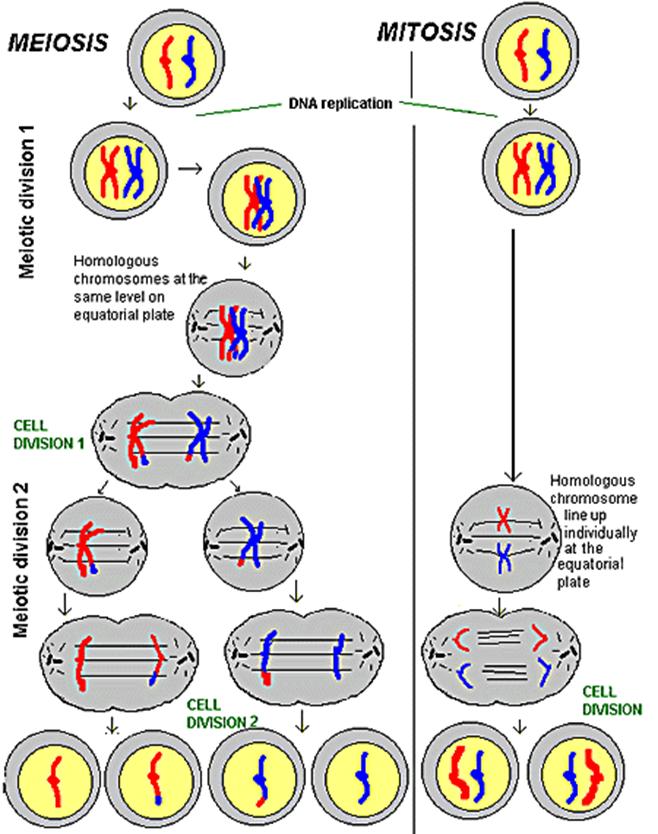
:max_bytes(150000):strip_icc()/cellular_respiration-8fcc3f1ad3e54a828dabc02146ce4307.jpg)
Even shorter cell cycles (30 minutes or less) occur in early embryo cells shortly after fertilization of the egg ( Figure 14.2).

Budding yeasts, for example, can progress through all four stages of the cell cycle in only about 90 minutes. Other types of cells, however, can divide much more rapidly. For a typical rapidly proliferating human cell with a total cycle time of 24 hours, the G 1 phase might last about 11 hours, S phase about 8 hours, G 2 about 4 hours, and M about 1 hour. The duration of these cell cycle phases varies considerably in different kinds of cells. S phase is the period during which DNA replication occurs. M phase (mitosis) is usually followed by cytokinesis. The division cycle of most eukaryotic cells is divided into four discrete phases: M, G 1, S, and G 2. The completion of DNA synthesis is followed by the G 2 phase (gap 2), during which cell growth continues and proteins are synthesized in preparation for mitosis. G 1 is followed by S phase (synthesis), during which DNA replication takes place. During G 1, the cell is metabolically active and continuously grows but does not replicate its DNA. This phase is followed by the G 1 phase (gap 1), which corresponds to the interval (gap) between mitosis and initiation of DNA replication. The M phase of the cycle corresponds to mitosis, which is usually followed by cytokinesis. The timing of DNA synthesis thus divides the cycle of eukaryotic cells into four discrete phases ( Figure 14.1). In contrast, DNA is synthesized during only a portion of interphase. The cell grows at a steady rate throughout interphase, with most dividing cells doubling in size between one mitosis and the next. At the molecular level, however, interphase is the time during which both cell growth and DNA replication occur in an orderly manner in preparation for cell division. During interphase, the chromosomes are decondensed and distributed throughout the nucleus, so the nucleus appears morphologically uniform. However, mitosis and cytokinesis last only about an hour, so approximately 95% of the cell cycle is spent in interphase-the period between mitoses. Mitosis (nuclear division) is the most dramatic stage of the cell cycle, corresponding to the separation of daughter chromosomes and usually ending with cell division ( cytokinesis). As viewed in the microscope, the cell cycle is divided into two basic parts: mitosis and interphase. A typical eukaryotic cell cycle is illustrated by human cells in culture, which divide approximately every 24 hours.


 0 kommentar(er)
0 kommentar(er)
